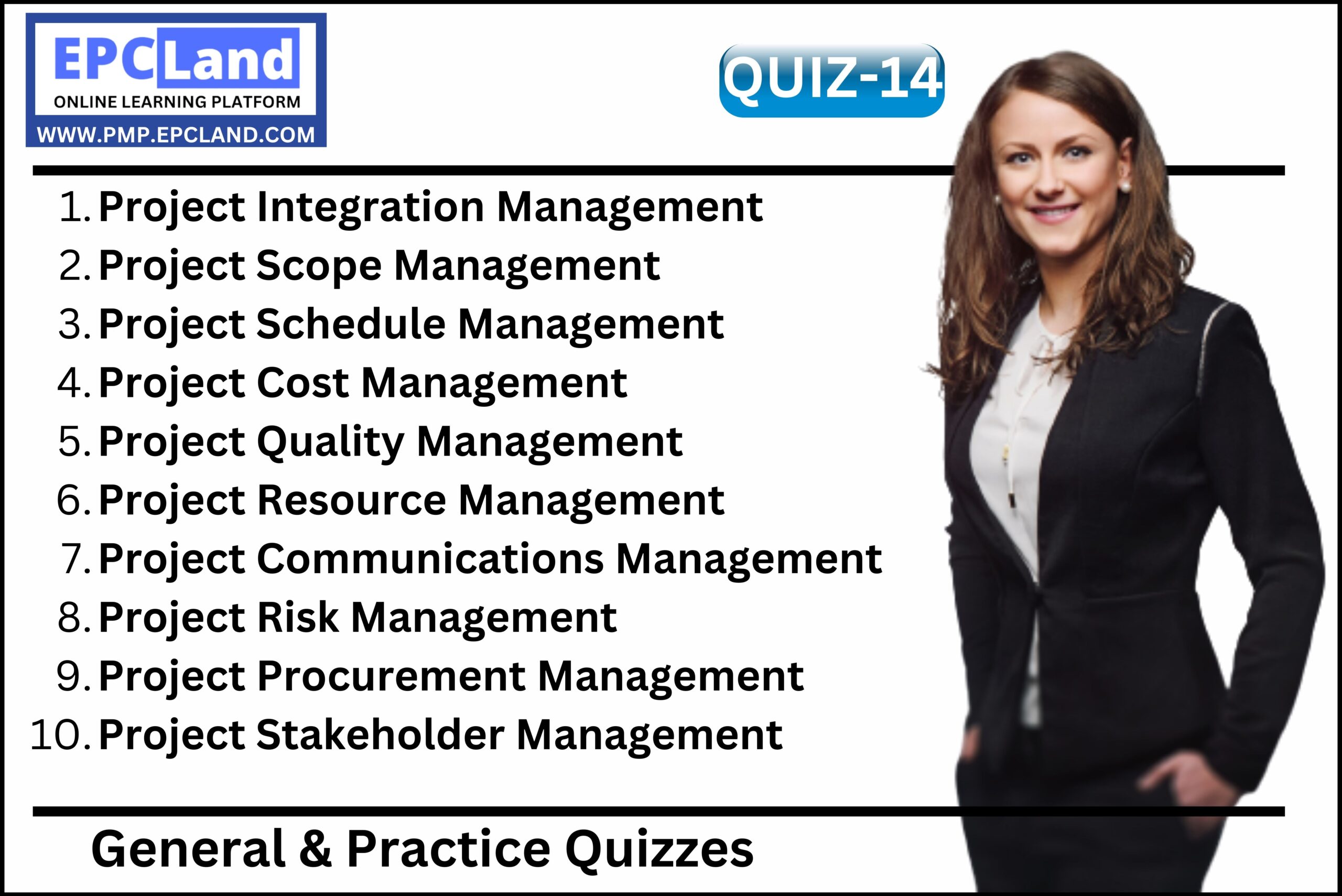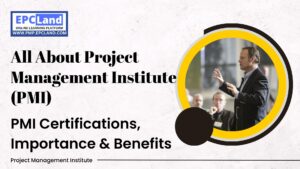1.
Which of the following helps you determine whether a process is stable or has predictable performance?
2.
You are managing a software project. The stakeholders have found a few requirements that were missed in the initial project scope statement. You put the change requests through change control and they are approved, so you need to update the scope statement to include the new work. Where can you find the most updated version of the scope statement?
3.
There are 17 people on a project. How many lines of communication are there?
4.
You’re managing a team of project managers, and as part of developing the team you hold a PMP study group so that you and your coworkers can work together to study for the exam. One person recently took and passed the exam, and has offered to give you all of the questions he can remember. How should you respond?
5.
Two of your project team members approach you with a conflict that they are having with each other over the technical approach to their work. One of the two people is very aggressive, and tries to get you to make a decision quickly. The other team member is quiet, and seems less willing to talk about the issue. The conflict is starting to cause delays, and you need to reach a decision quickly. You spend the weekend studying conflict resolution techniques, which is an example of:
6.
After a status meeting, one of your team members, John, pulls you aside and tells you that he was insulted by a comment from another team member. He felt that the comment was racist. You meet with the team member who made the comment, Suzanne, but she says that the other team member’s performance has been very poor. She has never made a comment like this before at the company. You review the records, and see that she is correct—he has consistently delivered lower-quality work than any other team member. What is the best way to handle this situation?
7.
Which of the following project selection methods is not a comparative approach (or benefit measurement model)?
8.
The project charter is typically approved by the project sponsor, although some charters can be approved by key stakeholders instead. Which of the following best describes the role of the project sponsor on the project?
9.
You’re managing a project that is currently executing. You’re evaluating the work being performed by constantly measuring the project performance, and recommending changes, repairs, and corrections where necessary. What process are you performing?
10.
Which of the following is not an output of the Monitor Stakeholder Engagement process?













































